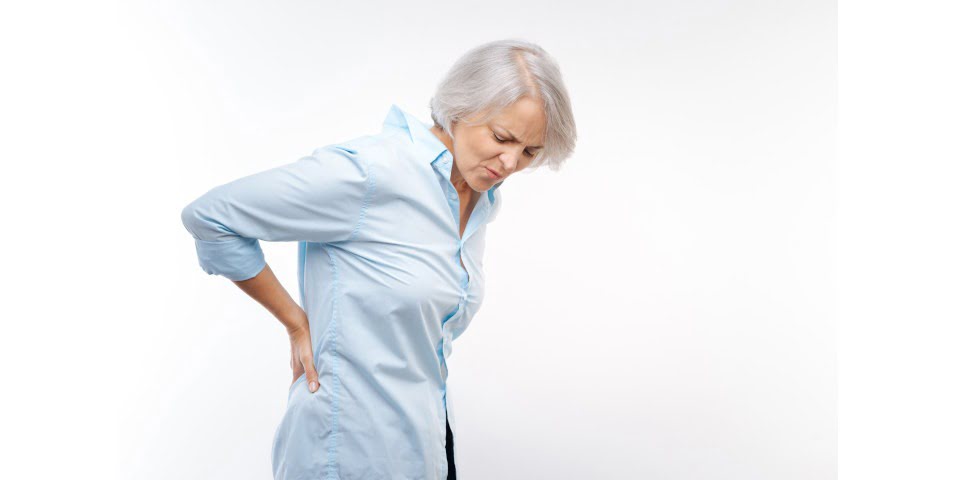Having an X-ray, CT or MRI scan usually won’t change a treatment for low back pain, and movement is the best medicine, with the pain usually easing within four to six weeks.
These messages are part of a new education program on low back pain from NPS MedicineWise, promoting that “less is more” when it comes to scanning and medicine.
NPS says four out of five people will experience low back pain at some point in their lives, with most such pain having no serious underlying cause.
For around 90 per cent of people with low back pain, it says, the cause cannot be found; this doesn’t mean the low back pain isn’t real, but that it has no clear cause.
NPS MedicineWise medical adviser and GP Dr Jeannie Yoo says diagnostic X-ray, CT or MRI scans are usually needed only if a serious underlying cause such as fracture, infection or cancer is suspected.
“In the absence of warning signs, scans are only likely to reveal normal age-related changes,” she said. “These are not the cause of the pain, but may result in unnecessary worry and stress.
“Finding these kinds of changes doesn’t alter the treatment.
“Medicines do have their place, as they may reduce the pain and make it easier to keep moving.”
She advised: “Avoid bed rest and stay as active as you can. Using a heat pack on the back may help, too.”
These are among the tips in a new NPS MedicineWise release for consumers, ‘Ten things you need to know about low back pain’.
Additionally, NPS’s Choosing Wisely Australia initiative encourages people to ask questions around any test, treatment or procedure being recommended to them, with a list of five questions people can ask their doctors or other healthcare providers.








